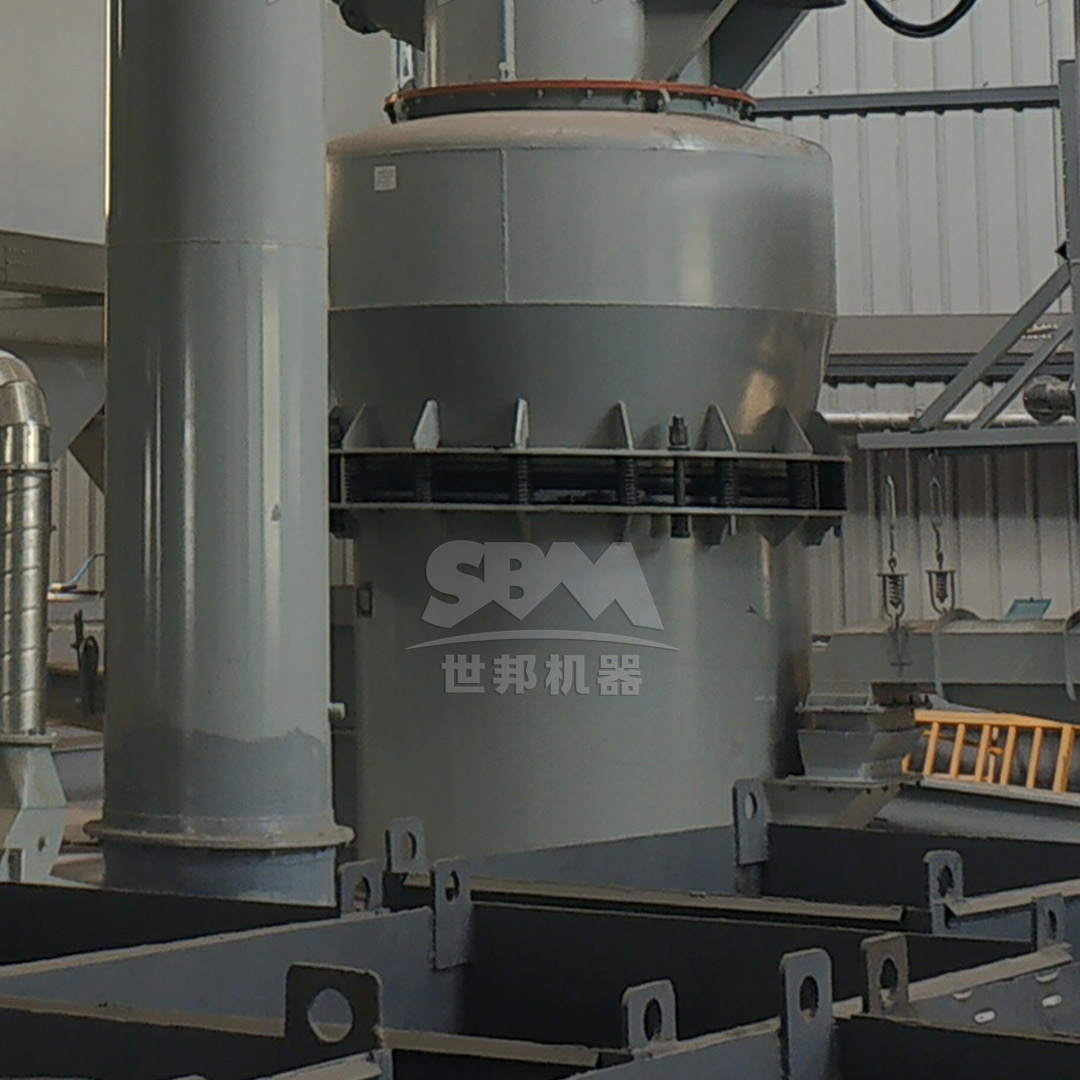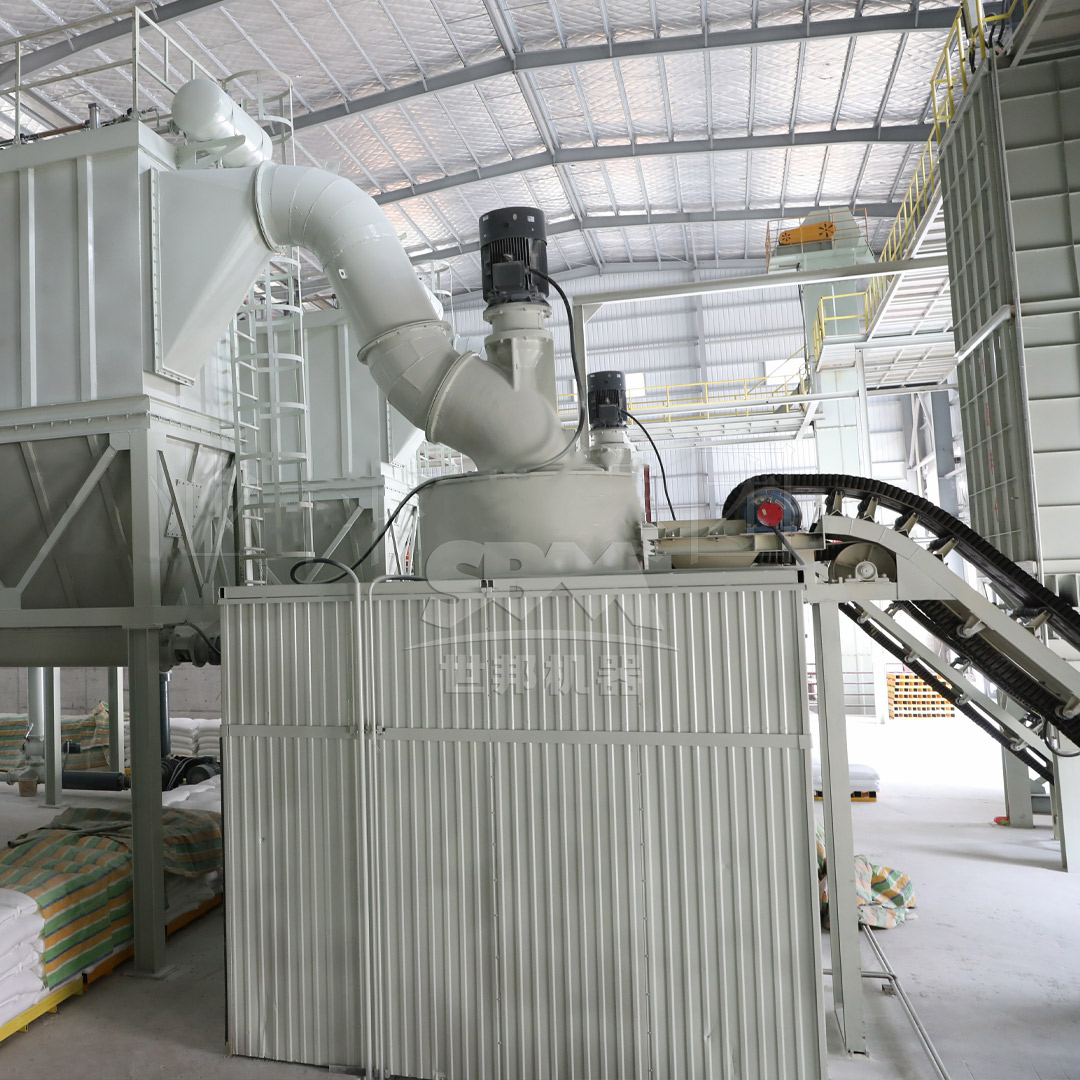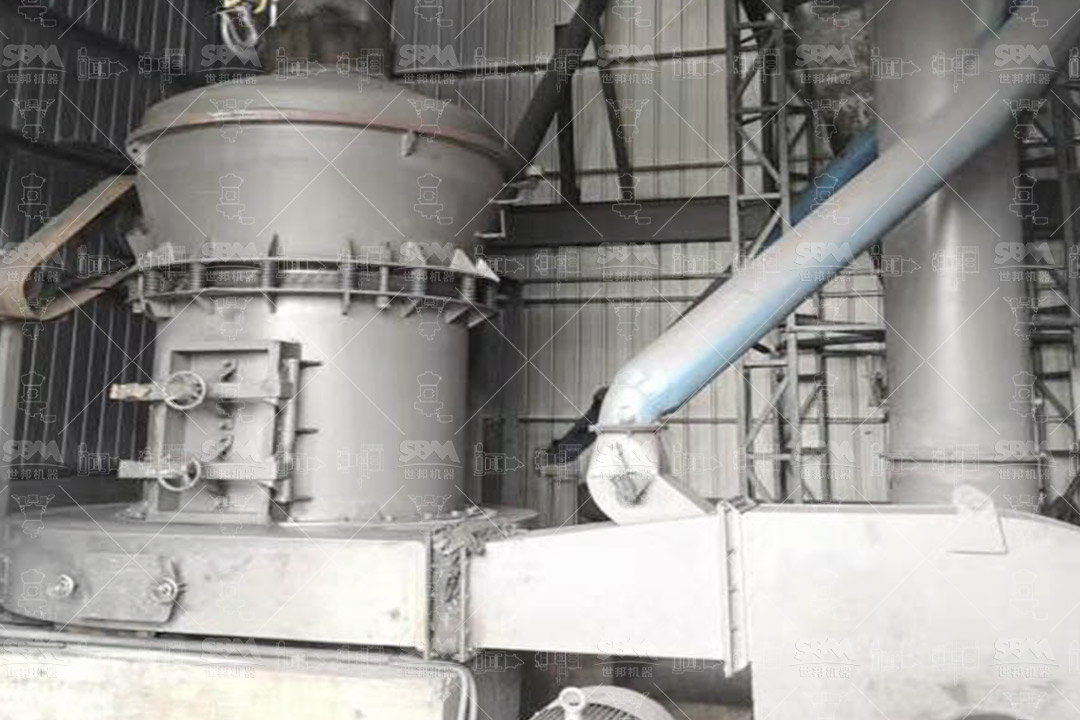The ceramic frit industry represents one of the most demanding sectors in terms of material processing requirements. As a crucial component in ceramic glaze formulations, dolomite requires precise particle size distribution and chemical consistency to ensure optimal melting characteristics and final product quality. The grinding process for dolomite in frit production demands equipment capable of delivering consistent fineness, high throughput, and energy efficiency while maintaining strict environmental standards.
Traditional grinding methods often fall short in meeting the stringent requirements of modern ceramic frit manufacturing. The industry has increasingly shifted toward advanced grinding technologies that offer superior control over particle size distribution, reduced contamination, and enhanced operational efficiency. This article explores the technical challenges in dolomite grinding for ceramic frit production and presents innovative solutions that can significantly improve manufacturing outcomes.
In ceramic frit manufacturing, dolomite serves as both a flux and a stabilizer, influencing the melting behavior, thermal expansion, and final appearance of the glaze. The particle size distribution of ground dolomite directly impacts several critical aspects of frit quality:
Traditional ball mills, while capable of grinding dolomite to required specifications, often suffer from limitations in energy efficiency, particle size control, and contamination from grinding media. Advanced grinding technologies address these limitations while offering additional benefits in automation and environmental performance.
| Particle Size Range | Impact on Frit Properties | Recommended Equipment |
|---|---|---|
| 45-75μm (200-325 mesh) | Standard frit formulations | MTW Series Trapezium Mill |
| 20-45μm (325-600 mesh) | High-quality frit with improved melting | LM Series Vertical Roller Mill |
| 5-20μm (600-2500 mesh) | Premium frit for specialty applications | SCM Ultrafine Mill |
Modern dolomite grinding for ceramic frit production has evolved significantly with the introduction of specialized milling equipment designed to address the unique challenges of mineral processing. These advanced systems offer precise control over grinding parameters, reduced energy consumption, and enhanced product quality.
Vertical roller mills have revolutionized mineral processing by integrating multiple functions – crushing, grinding, drying, and classification – into a single compact unit. For dolomite grinding in ceramic frit applications, the LM Series Vertical Roller Mill offers distinct advantages:
The working principle involves the main motor driving the grinding table through a reducer. Material enters through the central feed chute and spreads evenly under centrifugal force. Grinding rollers apply compression force to achieve material layer comminution, with qualified fine powder carried by hot air to the classifier while coarse material returns to the grinding table for further processing.

For applications requiring exceptionally fine dolomite powders, ultrafine grinding technology delivers unparalleled performance. The SCM Series Ultrafine Mill represents the cutting edge in fine grinding technology, offering:
The operational principle involves the main motor driving a three-layer grinding ring to rotate. Material disperses into the grinding path through centrifugal force, undergoes roller compression crushing, and progresses through layered grinding. Final powder collection is accomplished through cyclone collectors and pulse dust removal systems.

Choosing the appropriate grinding equipment for dolomite processing requires careful consideration of production requirements, quality specifications, and economic factors. The following technical comparison highlights the capabilities of different mill types for ceramic frit applications:
| Parameter | SCM Ultrafine Mill | LM Vertical Roller Mill | Traditional Ball Mill |
|---|---|---|---|
| Output Fineness | 325-2500 mesh (D97≤5μm) | 30-325 mesh (special models to 600 mesh) | 0.074-0.8mm |
| Capacity Range | 0.5-25 ton/h | 3-250 ton/h | 0.65-450 ton/h |
| Energy Consumption | 30% lower than jet mills | 30-40% lower than ball mills | Baseline (highest) |
| Particle Distribution | Narrow, consistent | Controllable width | Broad, less uniform |
| Footprint | Compact | 50% reduction | Largest |
A major ceramic frit manufacturer faced challenges with inconsistent dolomite quality and high energy costs using traditional ball mills. After comprehensive technical evaluation, they implemented an SCM1000 Ultrafine Mill with the following specifications:
The implementation resulted in remarkable improvements:
The precision grinding capability of the SCM series, particularly its vertical turbine classification system, ensured that no coarse particles contaminated the final product, eliminating a persistent quality issue in their frit production.
Beyond equipment selection, optimal operation of dolomite grinding mills requires careful parameter adjustment. Key factors influencing grinding efficiency and product quality include:
Consistent feed size is critical for stable mill operation. Pre-crushing dolomite to the recommended input size (≤20mm for SCM series, ≤50mm for LM series) ensures uniform grinding bed formation and prevents operational instability.
Modern mills feature adjustable classifiers that allow operators to fine-tune product fineness without stopping production. The advanced classification systems in both SCM and LM series mills enable real-time adjustments to meet changing product specifications.
Hydraulic or spring loading systems in advanced mills allow precise control of grinding pressure. Optimal pressure settings maximize grinding efficiency while minimizing wear on grinding elements.

The evolution of grinding technology continues to address the changing needs of the ceramic frit industry. Emerging trends include:
Both the SCM Ultrafine Mill and LM Vertical Roller Mill platforms are designed with these future developments in mind, offering upgrade paths that ensure long-term viability and performance enhancement.
The selection and optimization of dolomite grinding equipment plays a pivotal role in determining the efficiency, quality, and profitability of ceramic frit production. Advanced grinding technologies, particularly the SCM Series Ultrafine Mill and LM Series Vertical Roller Mill, offer significant advantages over traditional approaches in terms of energy efficiency, product quality, and environmental performance.
By understanding the specific requirements of their frit formulations and matching them with the appropriate grinding technology, manufacturers can achieve substantial improvements in both operational efficiency and final product quality. The continued advancement of grinding technology promises even greater benefits for the ceramic industry in the years ahead.